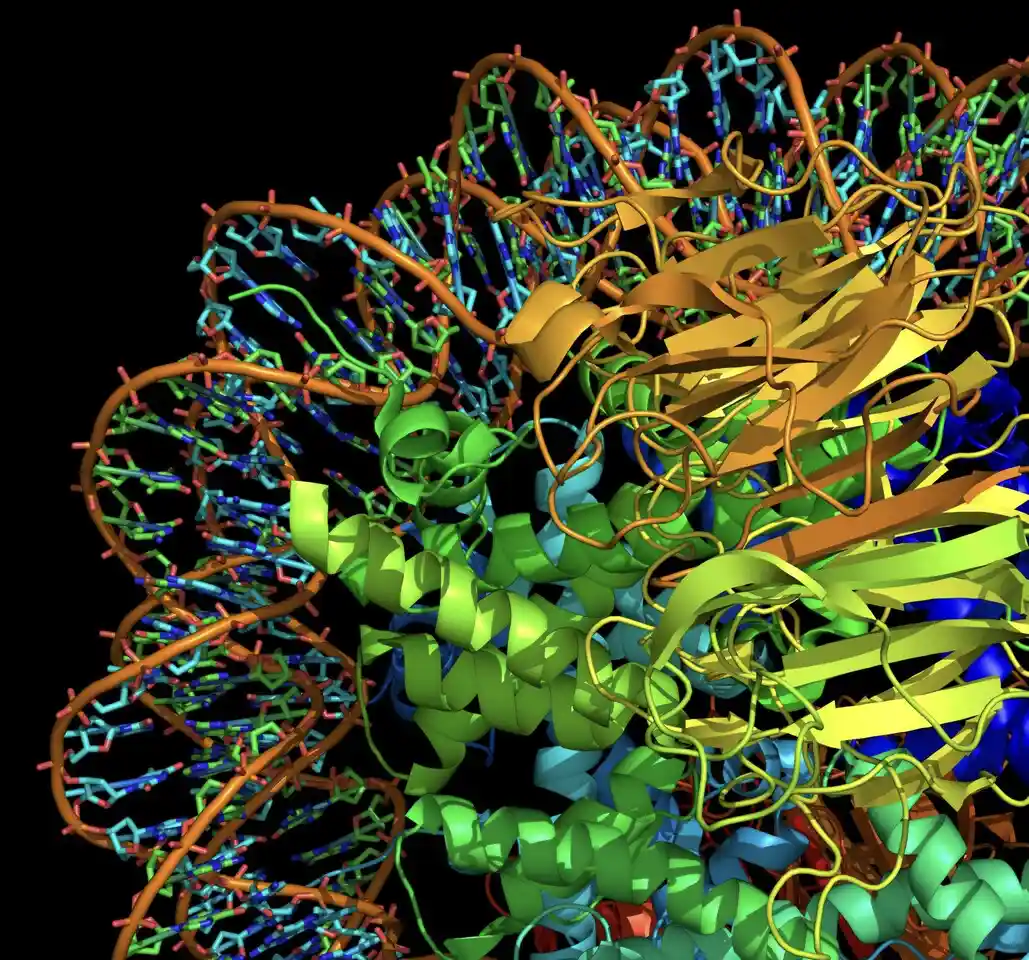From the beginning, each undeveloped cell faces a critical decision. During skin improvement, for example, the early-stage epidermis starts as a solitary layer of epidermal begetter cells. Their decision is to turn into an experienced epidermal cell or change to turning into a hair follicle cell. This alleged destiny switch is administered by the record factor SOX9. On the off chance that the ancestor cell communicates SOX9, hair follicle cells create. On the off chance that it doesn’t, epidermal cells do.
Be that as it may, there is a clouded side to SOX9, as it’s ensnared in large numbers of the deadliest diseases around the world, including lung, skin, head and neck, and bone malignant growth. In skin, some variant grown-up epidermal undeveloped cells later turn on SOX9 notwithstanding their picked way — and never switch it off, launching a cycle that at last enacts malignant growth qualities.
Researchers have never completely perceived how this bound result follows at a sub-atomic level. Be that as it may, presently Rockefeller specialists have uncovered the instruments behind this harmful new development. SOX9, it ends up, has a place with an exceptional class of proteins that oversee the exchange of hereditary data from DNA to mRNA. That implies it can get into fixed pockets of hereditary material, tie to already quiet qualities inside, and actuate them. They distributed their outcomes in Nature Cell Science.
“Our disclosure gives new experiences into how disease wrecks a foundational microorganism’s painstakingly tuned dynamic interaction, from that point making it incomprehensible for it to make typical tissue,” says Elaine Fuchs, top of the Robin Chemers Neustein Lab of Mammalian Cell Science and Improvement. “It likewise enlightens new SOX9-actuated qualities as possible restorative targets.”
Uncommon Epigenetic Key to quality articulation
Our genome is definitely not an open book. Truth be told, it’s more similar to a library loaded up with two or three billion books that are generally secure — most hereditary material really lies quiet inside non-coding and firmly bound parcels of DNA cordoned off by histone proteins in a shut state. Together the DNA and histones structure what’s called shut chromatin. The qualities that are bundled into this sequestered material are distant to the record proteins, or variables, that would assist it with communicating the qualities inside.
In any case, there are a couple of uncommon Epigenetic keys that don’t just record factors. These “trailblazer factors” can open those hereditary parcels. They have the superpower to look inside the shut chromatin and perceive restricting destinations inside. They then enlist other record variables to assist them with getting into the shut chromatin and tie to receptor locales on the nucleosome, which reinvents the chromatin and actuates new qualities.
This typically occurs during the beginning phases of improvement, when a foundational microorganism’s destiny is not set in stone. In grown-up skin, SOX9 is typically connected with keeping up with the character of grown-up hair follicle immature microorganisms. It’s ordinarily smothered in grown-up epidermal undeveloped cells. Yet, that is not the situation with regard to basal cell and squamous cell carcinomas.
“In the illness setting, SOX9 gets reactivated in grown-up epidermal undifferentiated cells,” says Yihao Yang, the first creator of the review.
How this interaction could unfurl bit by bit has been obscure, Yang says. “Reinventing in vitro happens super quick — in 48 hours or less. With such a brief time frame window, getting a decent goal on the grouping of events is hard.”
The SOX9 trade
To find out, the scientists designed mice that contained a duplicate of SOX9 that could be enacted in their grown-up epidermal undifferentiated organisms when the mice were taken care of doxycycline, a medication that prompted the transgenic SOX9.
“In grown-up tissues, decisions that were effectively made in embryogenesis are firmly stifled so grown-up undifferentiated organisms adhere to their committed assignment,” makes sense Fuchs.
Releasing SOX9, nonetheless, ended up being a powerful force to be reckoned with, dynamically reinventing the epidermal undeveloped cells to new destinies. “By just communicating this single SOX9 record factor,” Yang says, “we had the option to prompt basal cell carcinoma-like designs by week six. By week 12, we began to see injuries that looked like human basal cell carcinoma.”
At the same time, they followed the Epigenetic Key cycle happening in the background. In the initial fourteen days, SOX9 switched off the epidermal immature microorganism qualities. Switching their ordinary state, they started to turn on hair follicle undifferentiated organism qualities.
Looking for the component, the specialists found that to accomplish this destiny switch, SOX9 captured the atomic hardware from the dynamic epidermal qualities and carried this taken gear to the quiet hair follicle qualities. It then enrolled other record elements to get into the shut chromatin tie to the quiet qualities inside, turning them on.
“At the point when SOX9 couldn’t be controlled, the immature microorganisms neglected to make hair however rather recently continued multiplying and initiating a few new record factors, in the end prompting a basal cell carcinoma state,” Fuchs says.
This confounded, personality moving to and fro was just conceivable on the grounds that SOX9 is a trailblazer factor, Yang says. “Just a trailblazer factor can get to shut chromatin,” he brings up.
Since SOX9 is excessively dynamic in a considerable lot of the deadliest tumors around the world, the specialists plan to search for ways of mediating its part in multiplying these cells. “By distinguishing how SOX9’s interfacing proteins and its objective qualities change during threat, we desire to make advances into uncovering new medication focuses for these tumors,” Fuchs says.


